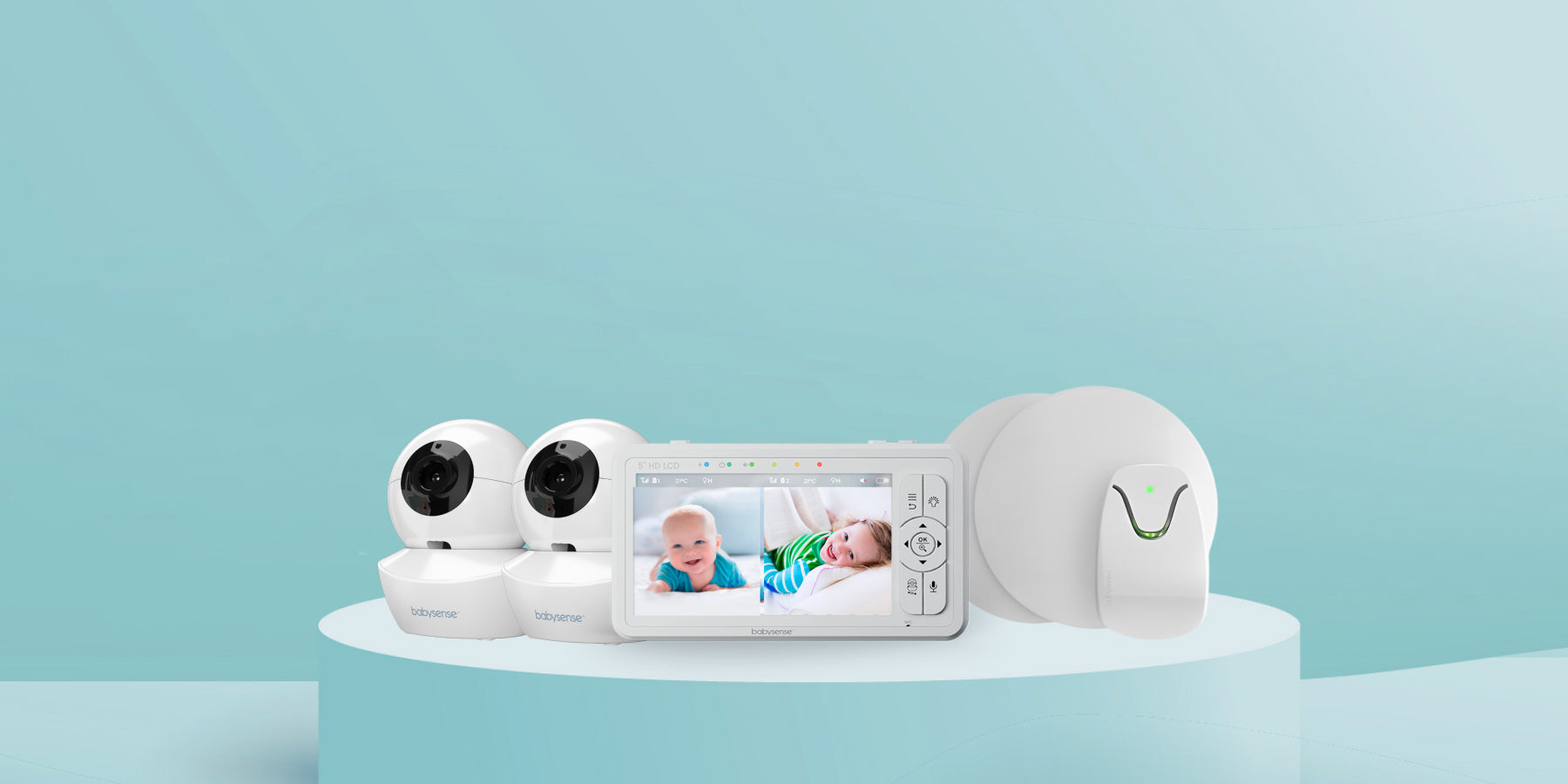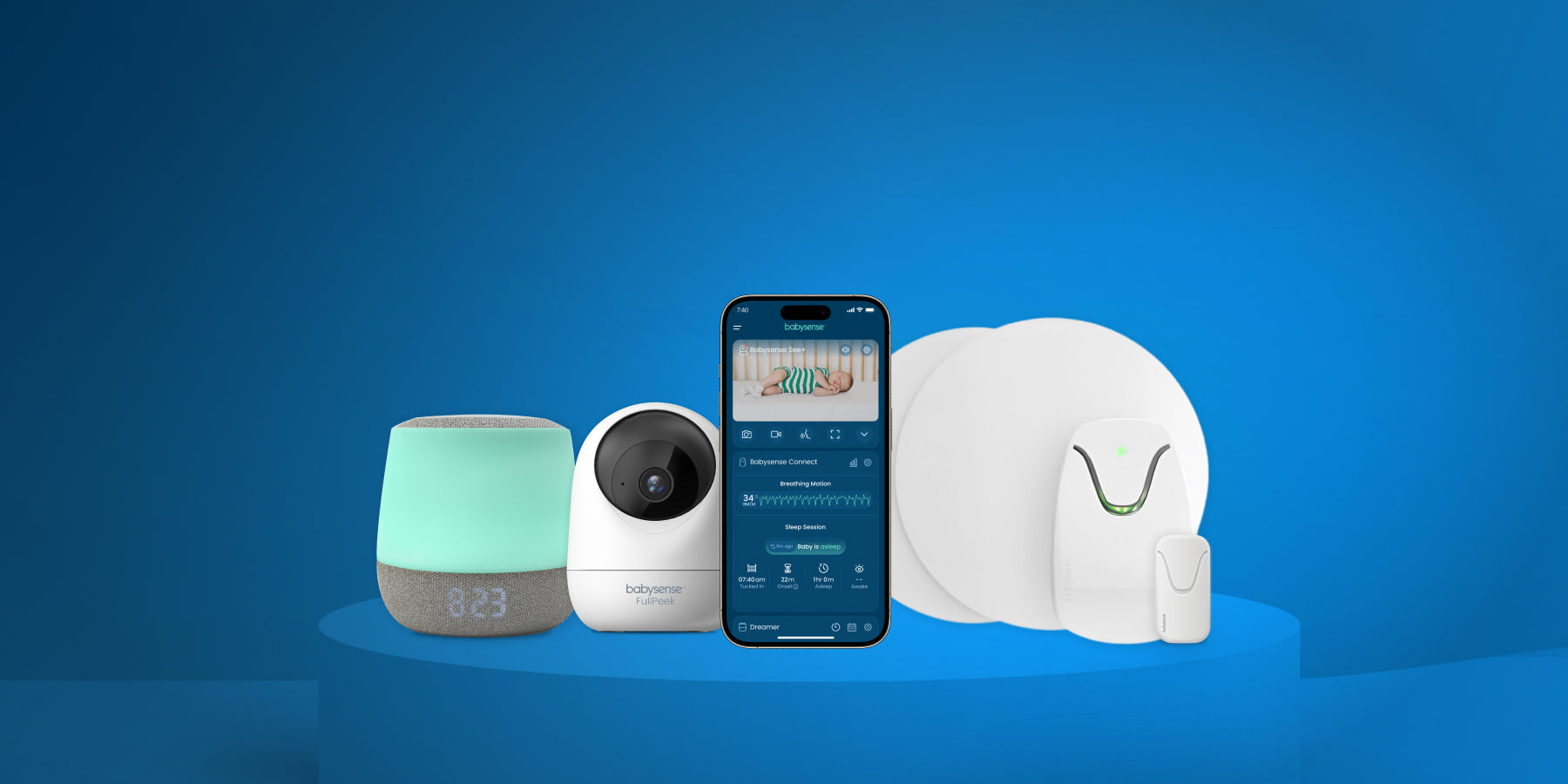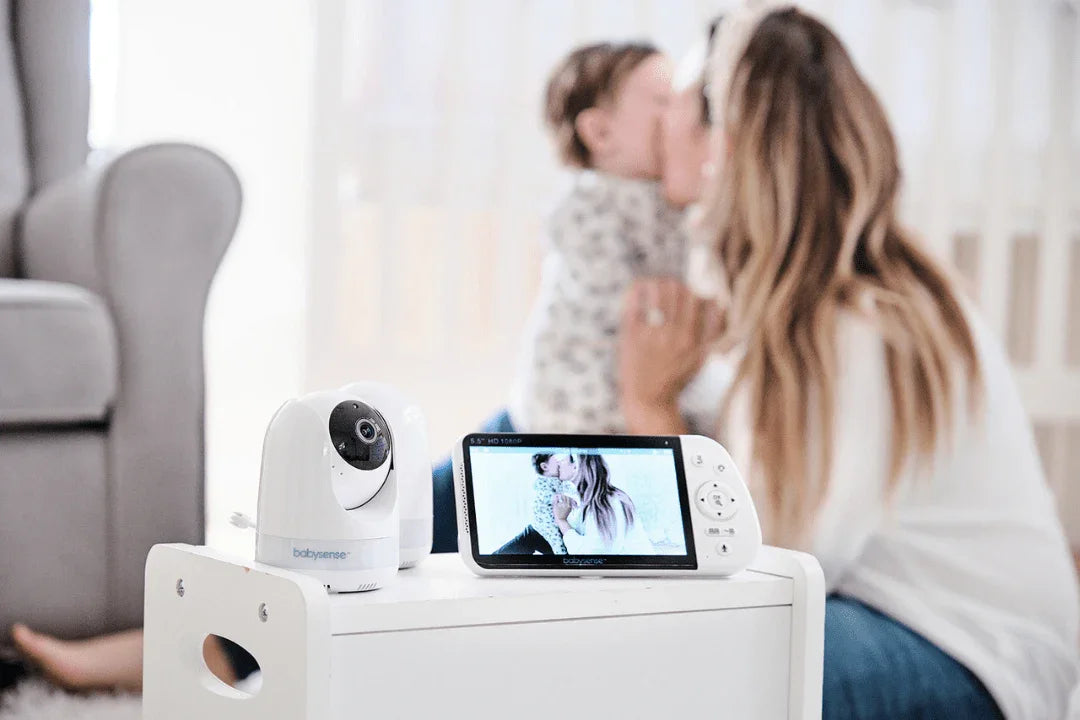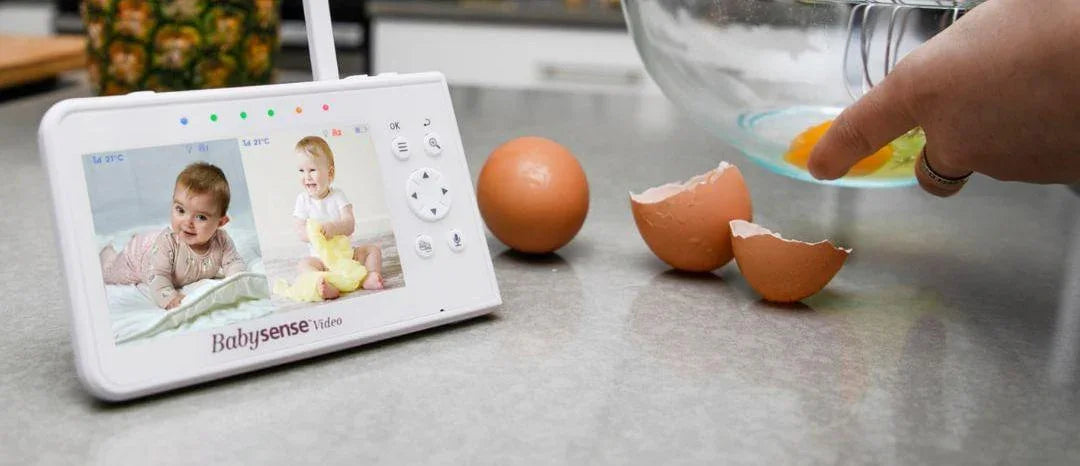Winter Baby Care Guide: Keep Your Baby Warm, Safe & Healthy
Winter is a beautiful season, but it also brings unique challenges for parents. From safe winter sleep to cold prevention, here’s how to keep your little one cozy, healthy, and protected during the colder months.
1. Babies, Cribs, and Blankets
One of the biggest concerns in winter is SIDS (Sudden Infant Death Syndrome). While its exact cause is unknown, parents can reduce risks by:
- Placing your baby alone in their crib, on their back, on a firm, infant-safe mattress.
- Keeping the room between 68–72°F (20–22.2°C) with lightweight pajamas.
- Using a baby sleep sack instead of blankets for warmth.
- Keeping the crib empty—no pillows, toys, or loose blankets until after age one.
- If using a blanket after 12 months, ensure it’s lightweight and free from strings or ribbons.
For extra peace of mind, use a baby breathing monitor to track micro-movements and breathing, helping reduce anxiety about nighttime safety.
2. Baby Bath Time in Winter
Cooler air doesn’t mean skipping baths altogether—just adjust your approach:
- Ensure the bathing room is warm and draft-free.
- Use water at around 38°C (100°F)—check with a thermometer or your elbow.
- Have all bath items ready in a “bath basket” to avoid leaving your baby unattended.
- Start washing from the feet upward to keep the head warm longer.
- Moisturize after baths to prevent winter skin dryness.
You can alternate full baths with warm wipe-downs on non-bath days, focusing on folds, creases, and the diaper area.
3. Baby Colds and Fevers
According to Mayo Clinic, most babies catch around 7 colds before their first birthday. In winter:
- Call your pediatrician immediately if your baby is under 3 months and develops cold symptoms or a fever.
- For babies over 3 months, watch for fevers over 100.4°F (38°C) and monitor closely.
- Take temperatures rectally for the most accurate reading, or use a forehead thermometer as an alternative.
- Follow safe thermometer guidelines for rectal readings.
4. Bundling Up Your Baby
Dress your baby in one layer more than you are wearing. In freezing conditions (32°F / 0°C or below), limit outdoor exposure.
- Always use a warm hat and mittens.
- Remove bulky coats before buckling into a car seat to prevent harness gaps in an accident.
- Use stroller sacks or blankets for outdoor warmth instead of coats inside harnesses.
Winter Baby Care Checklist
- Maintain a safe sleep environment with the right room temperature.
- Use a sleep sack instead of loose blankets.
- Keep baths warm, quick, and followed by moisturizer.
- Monitor colds and fevers carefully.
- Dress in layers and follow car seat safety rules.





